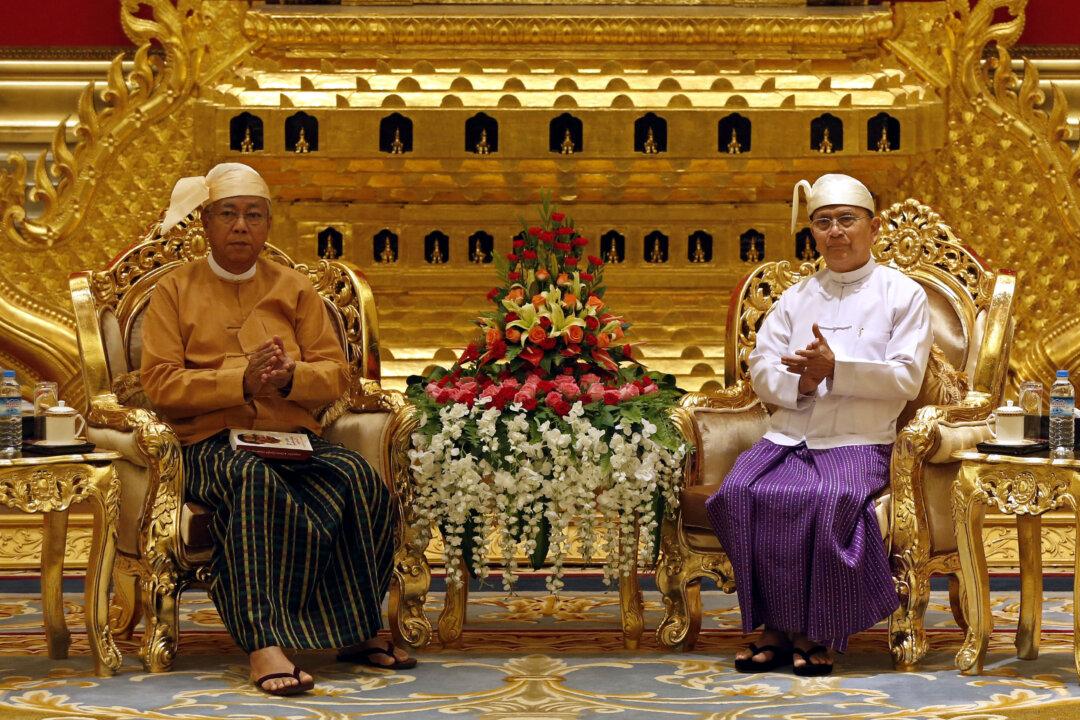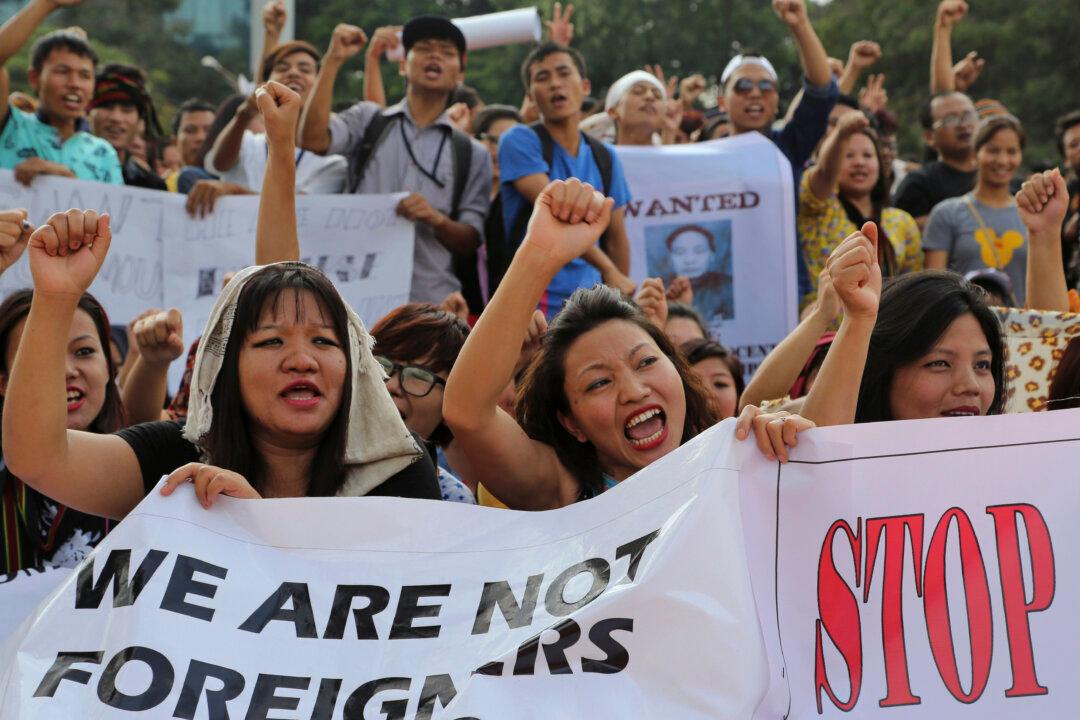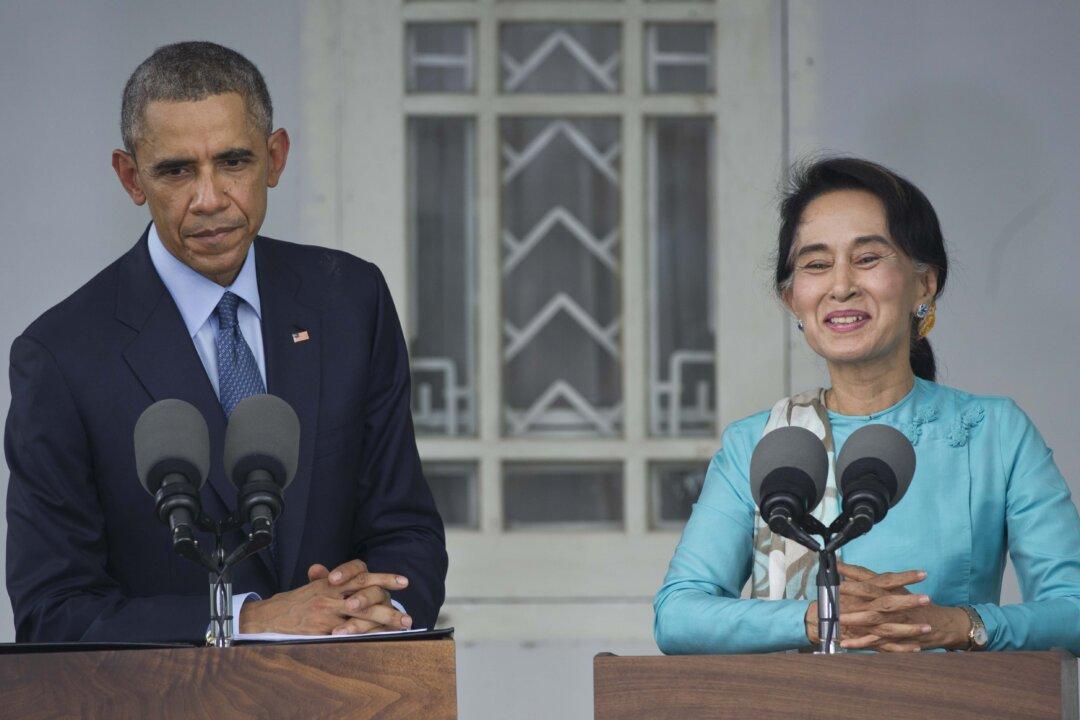Within the next couple of months, Burma (also known as Myanmar) is expected to convene a conference to chart the course of the country’s future, similar to the conference held in Panglong on the eve of the country’s independence from Britain in 1947.
With the support of Burma’s State Counselor Aung San Suu Kyi, the army, and eight armed groups, hopes are high that this conference will not make the same mistakes made in 1947.

Burma State Counselor and Foreign Minister Aung San Suu Kyi leaves a meeting with newly appointed ministers from the National League of Democracy (NLD) party at the parliament building in Naypyidaw, Burma, on Feb. 25, 2016. Aung Htet/AFP/Getty Images




